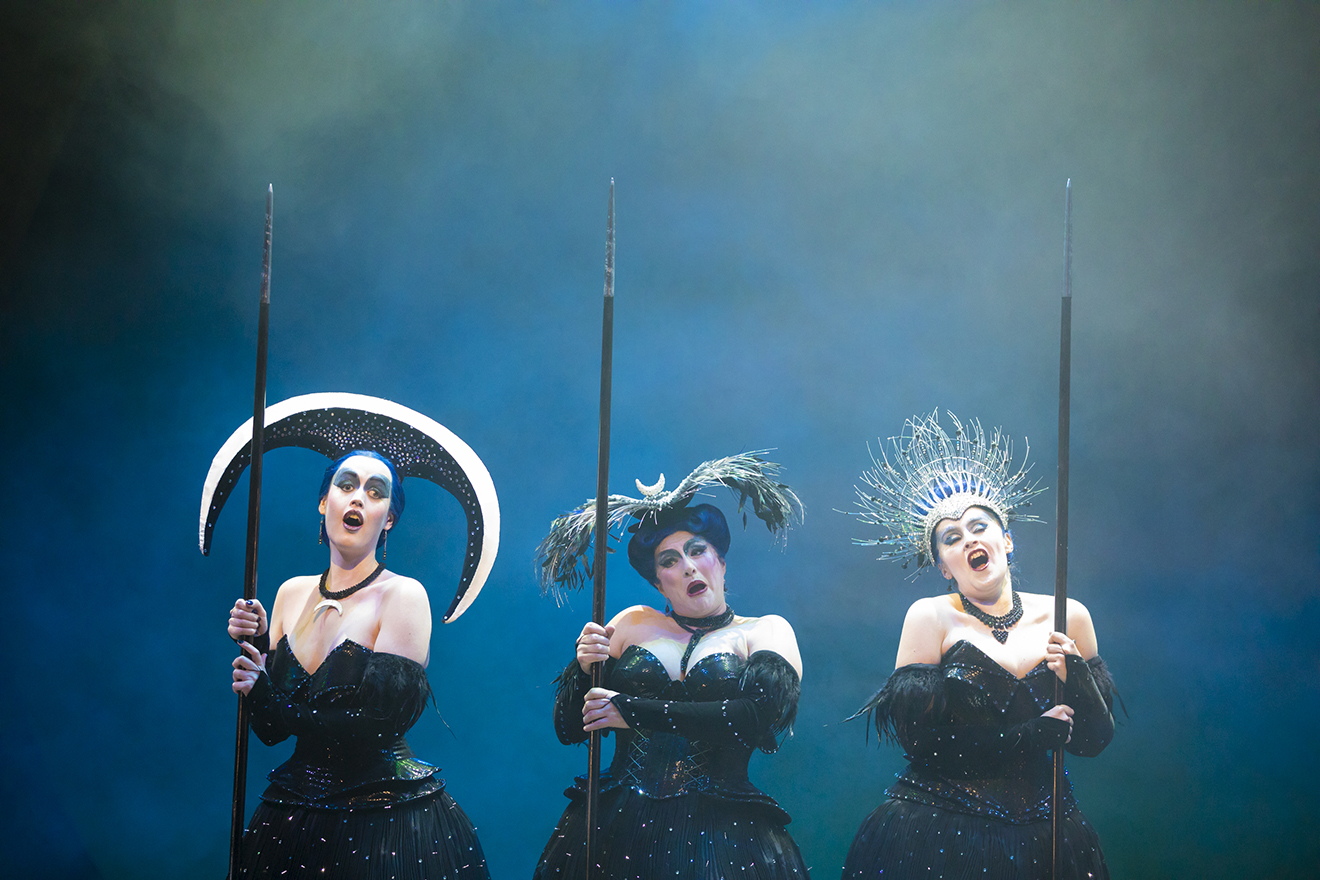A Day With Scottish Opera
On Monday I spent the morning backstage with Scottish Opera, looking at the sets and costumes for their latest production, Mozart’s The Magic Flute. My tour was guided by Marian Colquhoun, Head of Props, and John Liddell the Head of Costume. I was struck immediately by the utter joy and passion they both had for their work. They were proud and excited about the work Scottish Opera do and it’s clear that for a small opera company they punch far above their weight. Their costumes and sets are so good, they are frequently borrowed by larger, international opera companies across the world. Not too shabby for a relatively small company.
The Costumes
The story revolves around Prince Tamino who is on a quest to rescue the beautiful daughter of the Queen of Night. The opera is about love, enlightenment and finding your way in the world. Considered by many as Mozart’s finest opera, the production fuses both singing and spoken dialogue, which is very unusual. It’s set in the 1800’s but Scottish Opera have stylistically fused Victorian with Steampunk undertones. The costumes were designed by renowned production designer, Simon Higlett. Having seen Scottish Ballet’s costumes many times, I was
excited to see how Scottish Opera approach costumes since they don’t have the same constraints as a dance company. Simon and John worked closely to create the overall visual lexicon for the production. The steampunk references work perfectly with The Magic Flute since it references a kind of societal hierarchy where the workers, the cogs if you will, are down at stage level and the priests, who sit within the higher echelons, are located above them in mezzanines, so the industrial nod of steampunk is perfect for this production.
Production photography by James Glossop
set BUILDING and props
Talking to Marian as she guided me through the prop room and making area, I was struck by the passion with which she approaches her work. If you think props for productions are simply bought in, think again. Many of the props are created by Marian and her small team. The range of skills required to create the props is mind boggling: from mechanics to upholstery to painting, the plethora of skills needed to bring a production to fruition is vast. It’s up to the set builders and Marian’s team to bring the director’s vision to life and create the visual spectacle to accompany the audio one.
The area for building sets is huge. Painters, carpenters and artists all work to build these massive sets which provide the often awe-inspiring backdrop to the productions.
Talking to John it’s clear that Scottish Opera are not funded to the nth degree and have to make their budgets go a long way. They are passionate about making sure that money is spent on ensuring audiences have the absolutely best experience possible. The Magic Flute will be my first opera and I’m excited to see all this hard work come to life.
If you get a chance, I urge you to come along, even if only to see these incredible costumes and sets. Check the Scottish Opera website for details.
Thanks to Emma from Scottish Opera for the invite and for Marian and John for welcoming me into their world.






















